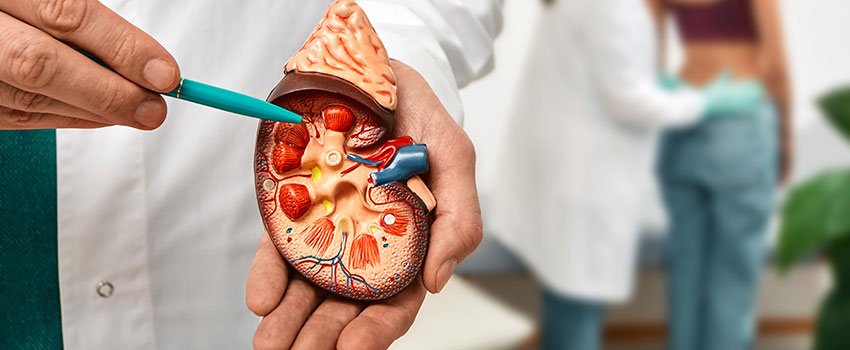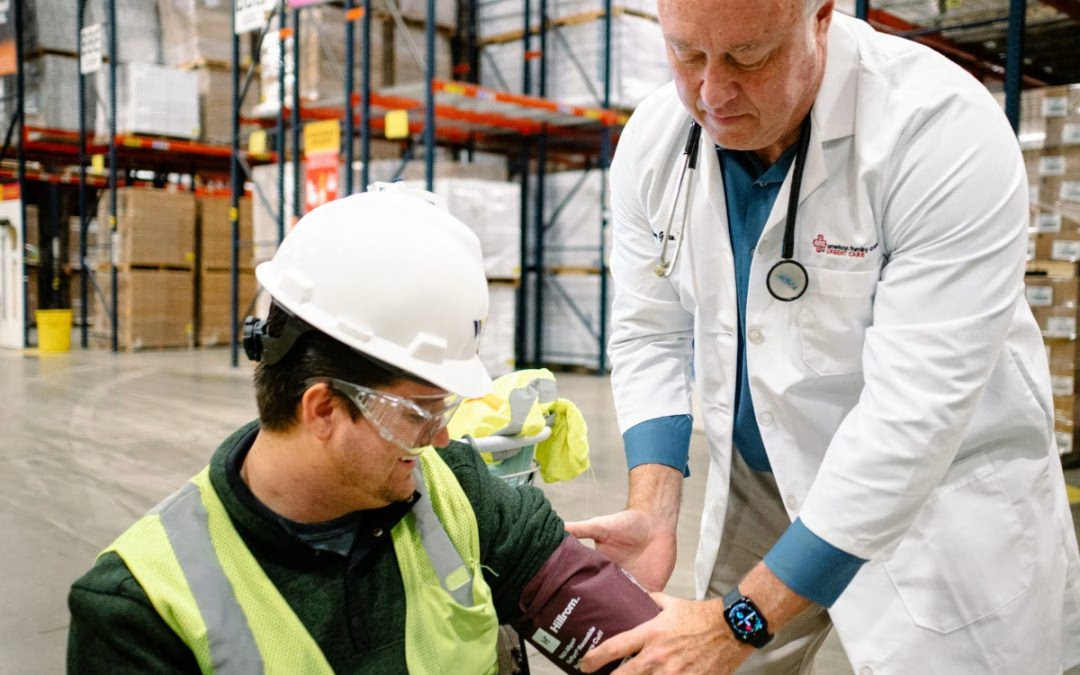
Whether or not you’ve had a kidney stone before, odds are that you’ve certainly heard of one or know someone who has had one. They aren’t any fun to deal with, and they’re very common in America.
Do you know what they actually are, though? Read on to learn more from our AFC Urgent Care Gastonia team.
What Actually Is a Kidney Stone?
A kidney stone is an irregularly shaped solid mass or crystal in the ureter that can be as small as a grain of rice or as large as a golf ball. They are formed from substances in urine that aren’t filtered out and fuse together.
The substances that combine into stones normally pass through your urinary system, but when they don’t, it’s because there isn’t enough urine volume, which causes substances like calcium and uric acid to become highly concentrated and to crystalize. We’ve listed the most common kidney stone symptoms below.
Common Kidney Stone Symptoms
- Severe pain on either side of your lower back
- More vague pain or stomach ache that doesn’t go away
- Blood in the urine
- Nausea or vomiting
- Fever and chills
- Urine that smells bad or looks cloudy
Are Some People More Likely to Get Kidney Stones Than Others?
Yes. People between ages 40 and 60, as well as white men between ages 30 and 40 are the most likely groups to get kidney stones. However, people of all ages can get kidney stones.
In addition to the risk factors that we’ve listed below, family history is one of the most common risk factors of kidney stones.
Common Risk Factors for Kidney Stones
- Not drinking enough liquids
- Having a diet that includes the substances that form the stones, such as phosphate, which is in meat, fish, beans and other protein-rich foods
- Having a blockage in the urinary tract
Do you believe you have a kidney stone and don’t know what to do? Visit our AFC center—we can help!


